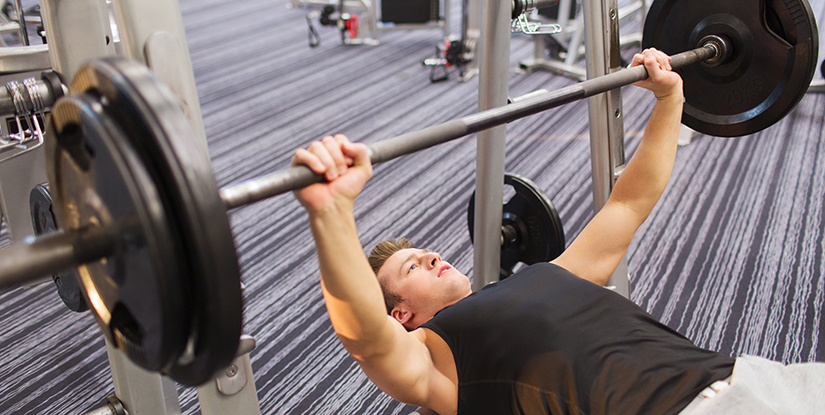Rubber Mats for Gym | Choose, Install & Maintain

Rubber Mats for Gym: Comprehensive Guide
Rubber mats are a foundational element of any fitness facility—commercial or home-based. They protect subfloors, reduce noise and vibration, enhance user safety, and improve equipment longevity. This guide outlines types, performance factors, installation best practices, maintenance strategies, and procurement considerations to help facility managers, trainers, and homeowners select the right solution.
Key Benefits
- Shock absorption and impact protection for weights and drop zones.
- Slip resistance to reduce injury risk during high-intensity or dynamic movements.
- Vibration and noise reduction—essential for upstairs studios or apartment gyms.
- Surface durability against heavy equipment, foot traffic, and routine cleaning.
- Ease of replacement and modularity for targeted repairs.
Types of Rubber Mats
Understanding product types helps match performance to use case:
- Recycled rubber tiles: Affordable, highly durable; good for heavy weight areas and multipurpose rooms.
- Virgin rubber rolls: Higher resilience and consistent finish; preferred for fitness studios and cardio zones.
- Interlocking EVA/rubber hybrids: Easy DIY installation for home gyms; less ideal for free-weight drop zones.
- Rubber crumb tiles: Blend of recycled rubber bonded to a textile or PVC backing; balance between cost and comfort.
Performance Specifications to Consider
- Thickness: 6–8 mm for general purpose; 10–20 mm recommended for free-weight areas and heavy impact zones.
- Density and hardness: Higher density increases load distribution and equipment stability. Look for durometer ratings if available.
- Compression set and resilience: Low compression set preserves shock absorption over time.
- Surface texture and slip resistance: Textured finishes improve traction; removable surface overlays can add grip for specific classes.
- Fire, VOC, and environmental standards: Check certifications for indoor air quality and recycling content.
Installation and Layout
Professional installation reduces long-term issues. Key steps include substrate preparation, acclimation, and correct seam treatment:
- Ensure concrete or plywood subfloor is level, clean, and dry.
- Acclimate rolls and tiles to room temperature before laying to avoid buckling.
- Use interlocking edges or adhesives where appropriate—adhesive is recommended for high-traffic commercial studios.
- Plan zones: cardio, free weights, functional training, and stretching often require different mat specifications.
Maintenance and Cleaning
Routine maintenance prolongs life and maintains hygiene:
- Daily dry sweeping to remove grit that can abrade surfaces.
- Periodic wet cleaning with pH-neutral cleaners; avoid petroleum-based solvents that degrade rubber.
- Spot-treat sweat and spills promptly to prevent staining and odors.
- Inspect seams and transitions quarterly and repair or replace damaged tiles to prevent trip hazards.
Safety and Liability
Choose mats that meet or exceed safety standards for slip resistance and flammability. Maintain a documented cleaning and inspection schedule to support liability mitigation and insurance requirements.
Environmental and Budget Considerations
Recycled rubber products reduce landfill waste and typically cost less than virgin rubber. Virgin rubber offers superior appearance and odor control, which can justify higher upfront cost in boutique or hospitality fitness centers. Consider lifecycle cost: resilient products may cost more initially but reduce replacement and downtime expenses.
Buying Guide
- Assess use case and traffic: heavy free weights vs. low-impact classes.
- Request samples to evaluate texture, smell, and colorfastness.
- Verify warranty terms and ask about replacement tile availability.
- Factor installation and disposal costs into total project budget.
Conclusion
Selecting the right rubber mats for your gym involves balancing safety, durability, maintenance, and budget. Prioritize impact zones with thicker, higher-density materials and opt for easy-to-clean, low-VOC products for indoor air quality. With proper installation and consistent maintenance, rubber gym flooring delivers long-term value for both commercial facilities and home gyms.
FAQs
- Q: What thickness is best for free-weight areas?
A: 10–20 mm is recommended for effective impact protection and equipment stability. - Q: Can I install rubber mats over existing flooring?
A: Yes if the substrate is level and dry; some adhesives or underlays may be required. - Q: How often should I deep-clean rubber gym mats?
A: Quarterly deep cleaning is typical; high-use sites may need monthly treatments. - Q: Are recycled rubber mats odor-free?
A: Recycled products may have an initial odor that dissipates; virgin rubber has less scent but costs more. - Q: Do interlocking tiles work in commercial gyms?
A: They can, but glued or rolled systems are preferred for heavy commercial traffic and drop zones. - Q: How long do rubber mats typically last?
A: With proper care, 5–15 years depending on material quality and usage intensity. - Q: Are rubber mats slip-resistant when wet?
A: Many have textured finishes to maintain traction, but performance varies—check specifications. - Q: Can I recycle rubber gym mats at end of life?
A: Many can be recycled; verify local recycling programs or manufacturer take-back options. - Q: What warranty should I expect?
A: Warranties range from 1–10 years; review coverage for wear, delamination, and manufacturing defects.

